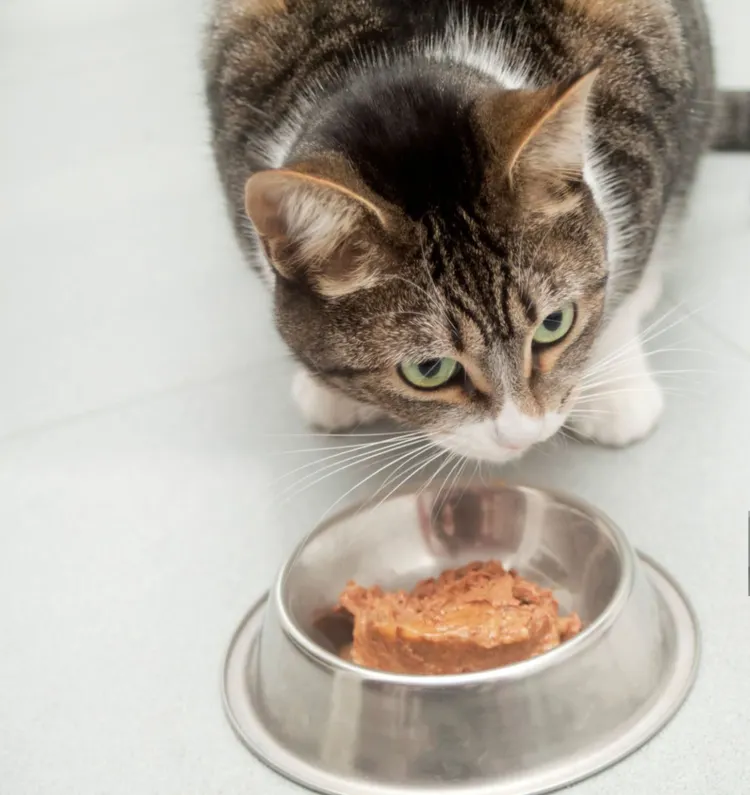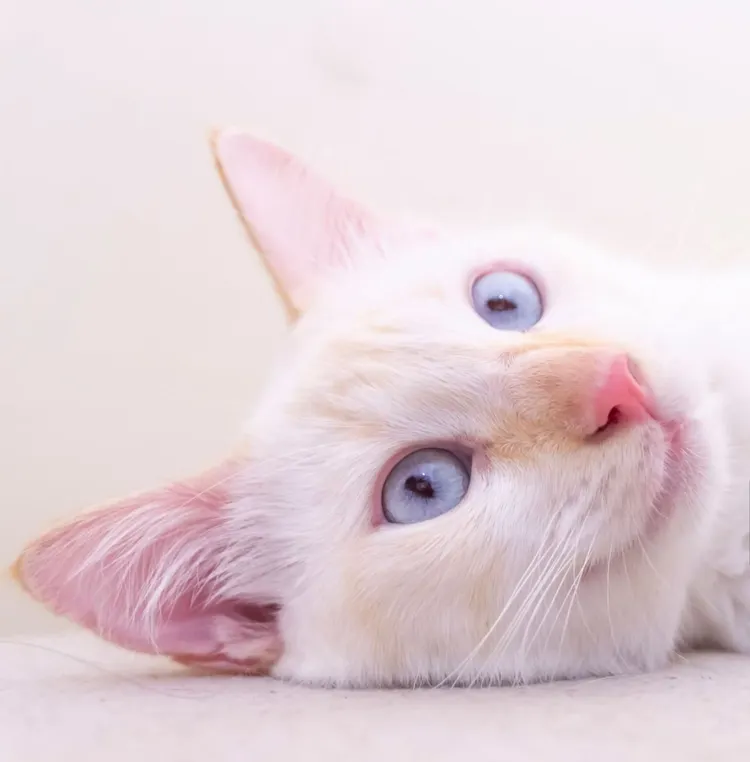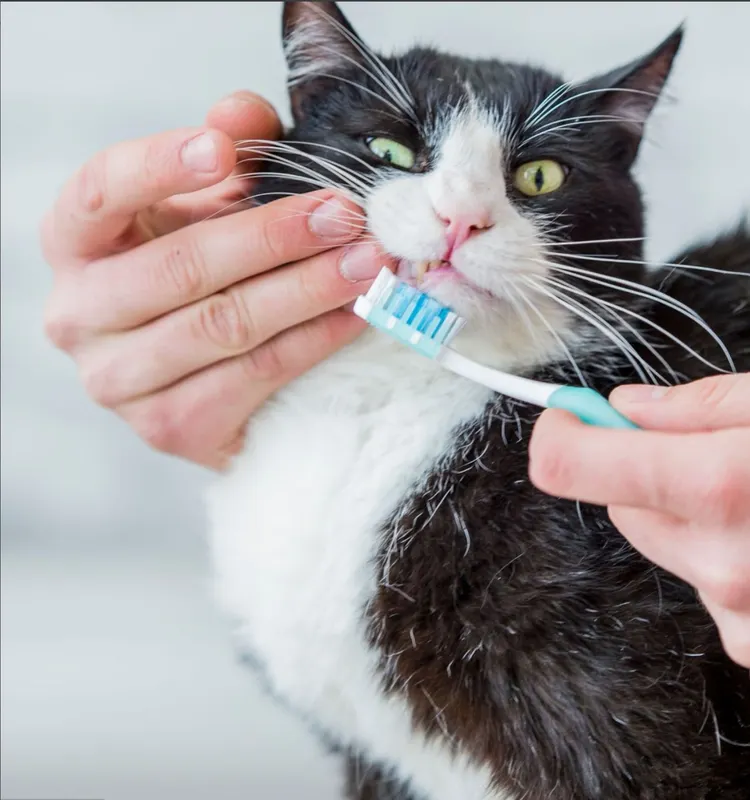If you’ve ever owned a cat, you’ve probably had the internal debate: wet food or dry food? While many cat parents turn to wet food for its hydration benefits, there’s a lingering question: is wet cat food bad for cats’ teeth? Let me walk you through my experience, and let’s unpack the truth behind this concern, with a sprinkle of eco-friendly advice thrown in.
My Journey with Wet Cat Food
I have two cats: Luna, who thrives on wet food, and Oliver, who prefers the crunch of dry kibble. After several vet visits, I became obsessed with making sure both were getting the best nutrition while also keeping their teeth healthy. So, naturally, I started asking: could Luna’s wet food diet be a problem for her pearly whites?
Turns out, the debate about whether wet cat food is bad for cats’ teeth isn’t as clear-cut as you might think.
What the Experts Say About Wet Cat Food and Teeth
Vets and pet experts often point out that wet food doesn’t clean your cat’s teeth as effectively as dry food might. The logic here is simple: dry food requires chewing, and that crunching action helps reduce plaque buildup. Wet food, on the other hand, tends to stick to the teeth and gums, potentially leading to plaque and tartar accumulation.
But before you panic and ditch the wet food, let’s look at the bigger picture.
The Real Culprits: Plaque and Tartar
Plaque and tartar are the villains in this story, not wet food itself. Plaque forms when bacteria in your cat’s mouth interact with leftover food particles, which then hardens into tartar if not properly cleaned. Wet food, especially those rich in proteins and fats, can stick to teeth more easily than dry food. This stickiness can provide a more conducive environment for bacteria to thrive.
However, many veterinarians emphasize that diet alone isn’t the primary cause of dental issues. In fact, genetics, breed, and even age play significant roles in your cat’s dental health. Some cats are simply more prone to dental problems, regardless of their food type.

So, Is Wet Cat Food Really to Blame?
In short, wet cat food isn’t necessarily bad for your cat’s teeth—but it does require more vigilance. If you’re feeding your cat a primarily wet food diet, it’s important to be proactive about dental care. Just like us humans, cats can benefit from a little extra TLC in the dental department.
Eco-Friendly Dental Care Tips for Cats
Let’s get into some sustainable ways you can keep your cat’s teeth in tip-top shape, even if you prefer to feed them wet food.
1. Brush Your Cat’s Teeth
Yes, you read that right! Brushing your cat’s teeth is one of the most effective ways to prevent plaque buildup. I’ll be honest: when I first tried brushing Luna and Oliver’s teeth, it didn’t go smoothly. But with patience, a soft-bristle toothbrush, and some tasty cat-friendly toothpaste, we eventually found a groove. You can find toothbrushes made from eco-friendly materials, like bamboo, which minimizes your environmental footprint.
2. Use Natural Dental Chews
Dental chews can be a lifesaver for those moments when brushing isn’t an option. Look for natural, eco-friendly chews that help scrape away plaque while being safe for the planet. Many dental chews are made from sustainable, all-natural ingredients, so you don’t have to worry about harmful additives.
3. Provide Eco-Friendly Toys
Cats love to chew on toys, and this can help keep their teeth clean too! Invest in sustainable chew toys made from natural rubber or organic fibers. These not only reduce plaque but also keep your cat entertained. Luna absolutely loves her hemp rope toy, and I feel good knowing it’s not going to end up in a landfill after a few months of play.
4. Try Water Additives
If brushing and chews aren’t cutting it, you can add natural water additives to your cat’s water bowl. These help break down plaque and freshen their breath. Look for brands that are cruelty-free and use recyclable packaging. Just be sure to check with your vet before adding anything to your cat’s water.
The Benefits of Wet Cat Food
While wet cat food has gotten a bad rap when it comes to dental health, it has some undeniable benefits that make it worth considering.
1. Hydration
Cats, as desert animals, aren’t naturally big water drinkers. Wet food provides much-needed hydration, which is crucial for their kidneys and overall health. Luna, for example, barely touches her water bowl, but her wet food ensures she stays hydrated.
2. Weight Management
Wet food is often lower in carbohydrates than dry food, which can help with weight management, especially for indoor cats. The higher protein and moisture content help cats feel fuller faster, reducing overeating.
3. Appetite Stimulation
Picky eaters often prefer wet food due to its strong smell and rich flavors. If your cat is being finicky, offering wet food can encourage them to eat and get the nutrition they need.

The Downsides of Wet Food
Of course, there are some downsides to wet food beyond the dental concerns.
1. Cost
Wet food is generally more expensive than dry food. You’ll likely find yourself going through cans or pouches much faster than a bag of kibble. But if your cat’s health is a priority, the benefits often outweigh the cost.
2. Storage
Wet food needs to be stored properly. Once opened, it has a short shelf life and needs refrigeration, which isn’t always convenient. In contrast, dry food can be stored at room temperature for longer periods.
Sustainable Ways to Feed Wet Food
Now, if you’re like me and don’t want to give up wet food but also care about sustainability, there are a few steps you can take to make the process more eco-friendly.
1. Choose Brands with Sustainable Packaging
Many pet food brands are moving toward recyclable or compostable packaging. When buying wet food, opt for cans that can be recycled. Avoid single-use plastic pouches whenever possible, as they tend to be harder to recycle.
2. Support Ethical Brands
Look for pet food companies that prioritize sustainable sourcing and ethical farming practices. Brands that use responsibly sourced ingredients not only support the environment but also provide high-quality nutrition for your cat.
3. Make Homemade Wet Food
If you’re feeling adventurous, you can make your own homemade wet cat food! This way, you control every ingredient, ensuring it’s fresh and eco-friendly. You can use local, organic ingredients to reduce your carbon footprint. Just be sure to consult with your vet or a pet nutritionist to ensure your recipe provides all the nutrients your cat needs.
Conclusion: Balance Is Key
So, is wet cat food bad for your cat’s teeth? Not necessarily. While it may not have the natural plaque-fighting properties of dry food, a combination of good dental care practices and an eco-conscious approach to feeding can keep your cat’s teeth healthy and their tummy happy.
In my experience, it’s all about balance. Luna thrives on wet food, so I make sure to brush her teeth regularly, offer her dental chews, and keep an eye on her dental health. At the end of the day, every cat is different, and finding the right routine for your feline friend is key.



